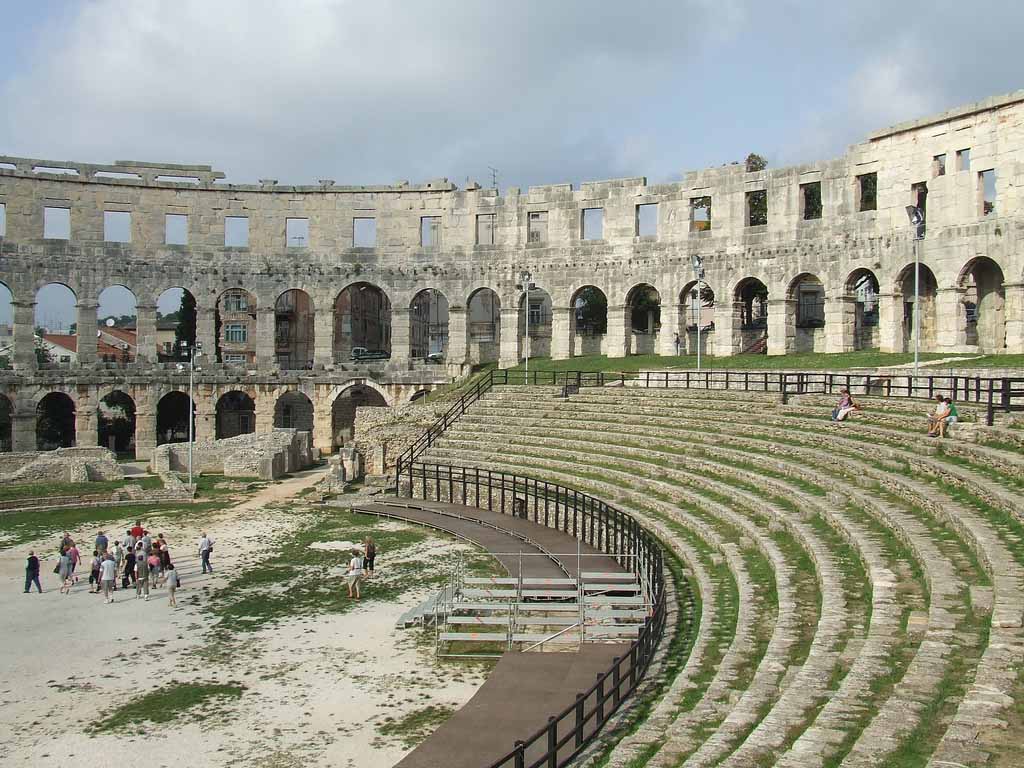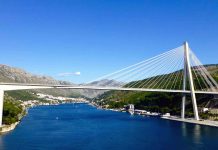
We had planned to visit Split and Dubrovnic but this region so enchanted us we stayed put and drove to the surrounding villages, the closest large town being Pazin, where we bought our supplies
When we decided to take our annual holiday with my step-daughter, we opted to go somewhere neither of us had been to before and having travelled extensively as a couple as well as during our single days, we were looking for the ideal destination. Having Googled and questioned friends who’d waxed lyrical about destinations, we made our decision: the Republic of Croatia, more specifically Pula.
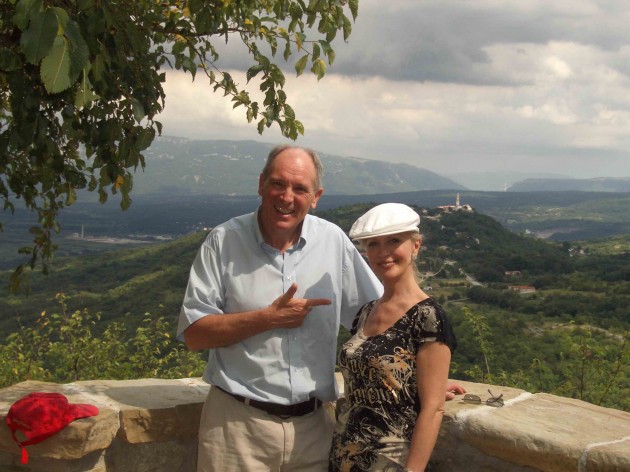
Arriving in Pula on the coast, we hired a family-sized BMW and drove for about 40 minutes on pristine roads passing old stone houses, ruins, churches, dry-stone walls, vineyards, olive groves, cornfields, mountains and woods to get to Gracisce (pronounced Gratchitschki) where we’d rented a two-bedroom apartment in a restored historical family home.

The old entrance of Gracisce, a small village of 467 inhabitants, was too narrow for our vehicle but we turned into the old town square and admired the arch to commemorate our first picture-perfect stop.
Our traditional Istrian stone home was spacious, modern and clean, renovated with an open plan kitchen, dining room, lounge, and a veranda overlooking the Church of St Euphemia built in 1383.

We had planned to visit Split and Dubrovnic but this region so enchanted us we stayed put and drove to the surrounding towns and villages, the closest large town being Pazin, where we did most of our supply shopping. Small supermarkets provide local and imported fresh produce from Italy and Slovenia. I bought the cook and serve variety of local gnocci ‘perfected the Istrian way’. Rich in flavour these little dumplings served with fresh garlic, sweet fresh tomatoes, herbs and local lean pork chops proved a winner.
After spotting posters advertising a Jimmy Cliff and Jack Johnson concert to be held in Pula, we stopped at a cafe in Pazin to ask how to book seats for the concert. The café owner took us all the way to the tourist office.
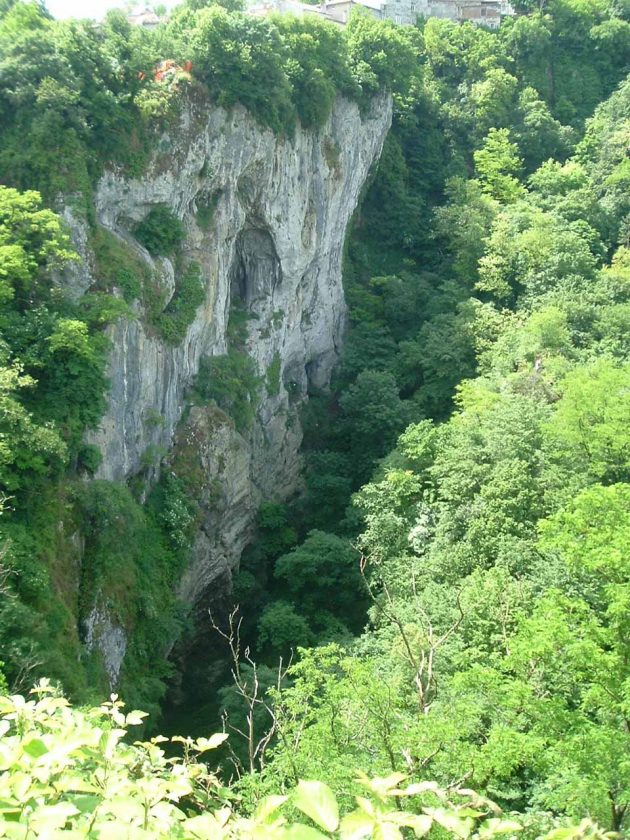
Our business done, we visited the Castle of Pazin, the biggest and the best-preserved medieval fortress in Istria, which also accommodates the Ethnographic Museum of Istria and the Museum of Pazin. The fortress is located on a cliff overlooking an abyss.
Dining out in Gracisce was a pleasure. We usually ate at the local Gallignana restaurant, housed in yet another historical building. Wild boar stew, fresh calamari, pasta, fresh garden salads and delectable sweet treats with two beers and a carafe of wine for two cost just 145 Kuna (approximately R190). The local wine proved easy on the palate and easier on the pocket than Coca-Cola.
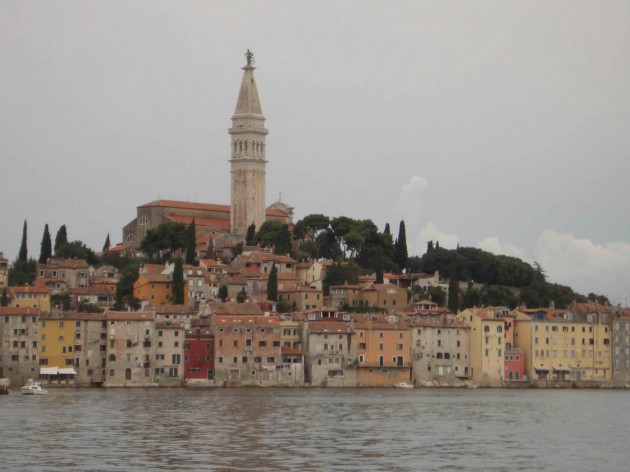
We returned often to Rovinj, one of Croatia’s prettiest towns, a cross between Portofino, Venice and Bellagio (on Lake Como) but on a smaller scale. You can happily lose yourself in the narrow cobbled streets under retractable washing lines with views of the ocean between buildings.
Located on the west coast of Istria, Rovinj is an hour’s drive from Trieste in Italy and 500 km from Vienna. It has 15 000 inhabitants, most involved in tourism, fishing, and agriculture. The Mediterranean climate makes it a popular destination among Europeans.
The market in the town square overlooking the Adriatic Sea proved delightful with pretty sundresses costing under R200. We stocked up on honey, fresh berries, grapes and salad greens – all at bargain prices.
Rovinj is built on the foundations of an insular fortification dating back to the Bronze and Iron Age, from the 2nd to 4th centuries. The baroque church of St Euphemia with its slender bell-tower overlooks Valdibora Bay on the north and the picturesque Bay of St Catherine on the south side.
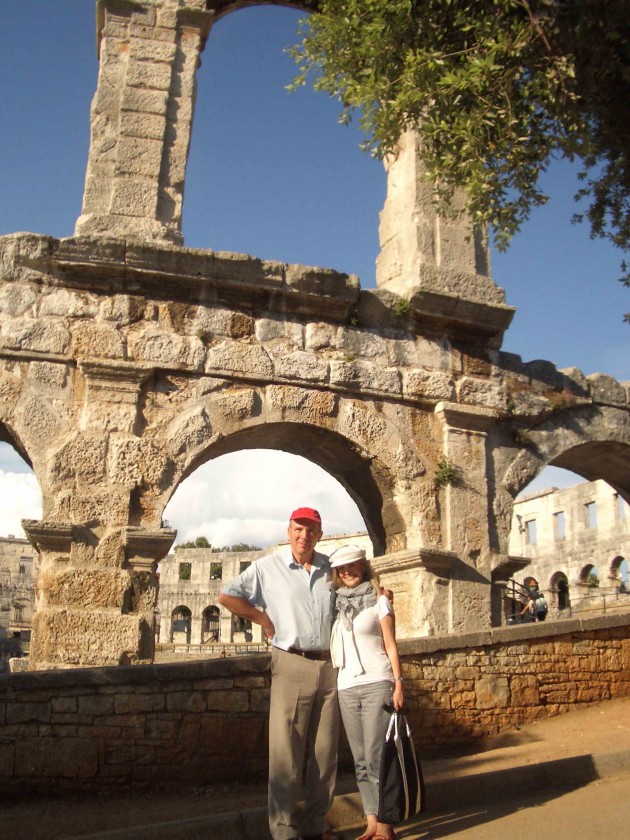
We took a boat trip around the peninsula of Rovinj via the many small islands and an hour’s stop at a pebbled beach with topless sunbathers. We savoured a simple lunch comprising the catch of the day with chunky French fries, Greek salad, local wine and soft drinks – at R300 per person. Another bargain.
The concert in Pula was special. It’s not often South Africans get to attend a pop concert in a genuine Roman amphitheatre offering vistas of the sea through its magnificent arches. Jack Johnson’s To the Sea proved most fitting and Jimmy Cliff was a delight to watch.
Villages and towns including Porec, Fazana, Labin, Rabac and Pican are worth a visit, particularly the Jama Baredine Caves, where daily tours are conducted.
Next time we plan to travel further south and visit Split and Dubrovnic as we are now hooked on Croatia.
- Read Tilly’s marvellous food and travel blog here
- Hard Cheese in Croatia by Claire Mason


